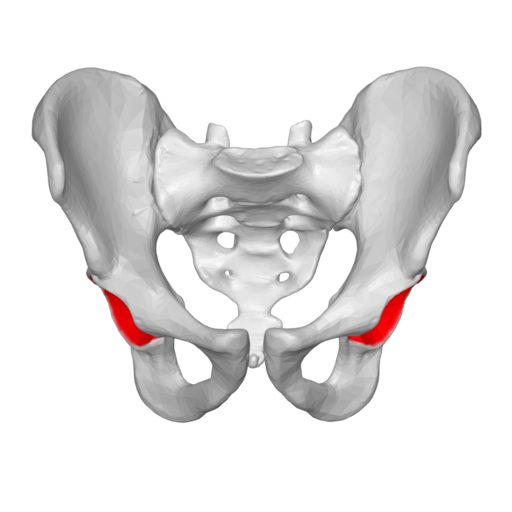Hi everyone! I’ve noticed that a certain theme has been coming up a lot lately among some of my readers lately. And that topic is how the brain can affect the SI joint– by how it regulates things like our muscles, posture, and breathing.. This is a subject I never really thought about before, butContinueContinue reading “The SI joint and…the brain?!”
Tag Archives: science
When people claim SI joint dysfunction isn’t real
Okay, so. I’m not going to start this post out with my normal “Hi, everyone!” because I’m not feeling cheerful right now. I’m annoyed. I just went on Twitter and saw, for what feels like the hundredth time, someone claiming that SI joint dysfunction isn’t a real thing. Originally, I wanted to screenshot the tweetContinueContinue reading “When people claim SI joint dysfunction isn’t real”
Proof that healing is possible
Hi everyone– I was sorting though old papers recently when I came across the original instructions my physical therapist Paula wrote out for me on the Muscle Energy Technique, back in 2014. A lot of people have asked me about her original instructions, as I’ve been running this blog. I think people want to knowContinueContinue reading “Proof that healing is possible”
Moving forward//where do I go from here?
I love this photo so much. I first found it a few years ago, and used it in one of my posts about pain neurophysiology education (which I hope to eventually talk about on this blog, as well!). And it’s really speaking to me now, in the aftermath of what happened a week and aContinueContinue reading “Moving forward//where do I go from here?”
Evidence-Based Examination and Treatment of the Pelvis (Continuing Education for PT’s)
https://www.youtube.com/watch?v=_L78tfhUmjQ Hey everyone, I recently stumbled upon this fascinating-looking course: Evidence-Based Examination and Treatment of the Pelvis through Medbridge Education. It’s a continuing education course for physical therapists who want to be able to treat SIJ pain. It’s given by Dr. Alexis Wright, who has a pretty impressive resume. She has a Ph.D. in physical therapyContinueContinue reading “Evidence-Based Examination and Treatment of the Pelvis (Continuing Education for PT’s)”
SI Joint Concepts: Form Closure vs. Force Closure
Here is a really important concept about the SI joint: How is an SI joint supposed to stay in place? The body has 2 main systems to maintain stability in the SI joint: Form closure and force closure. 1) Form closure has to do with the shape of the bones that make up the SI joint (the two hip bonesContinueContinue reading “SI Joint Concepts: Form Closure vs. Force Closure”
Labral tears
Hip labral tears are a condition that can sometimes accompany sacroiliac joint dysfunction. The labrum is a ring of cartilage found within the hip socket. Its main purpose is to absorb shock, as well as to help make sure your leg bone fits snugly inside the hip socket. Cartilage is generally pretty tough, but sometimes itContinueContinue reading “Labral tears”
Tight muscles can mimic SI joint dysfunction
Now that my SI joints themselves are actually staying stable (thank God!) I can begin to identify other factors that may have been contributing to my pain, and causing my sense of being off-kilter, all along. What I’m referring to specifically in this post is tightness in the muscles of the lower back. WhenContinueContinue reading “Tight muscles can mimic SI joint dysfunction”
SI Joint Concepts: Hypomobility and Hypermobility
Hey everyone, These are some common terms relating to the SI joint which, unfortunately, can be very confusing to a lot of people. Let’s clear them up! The words hypermobile and hypomobile can be used in a few different ways to describe the SI joint, or any joint in the body. Let’s start by talkingContinueContinue reading “SI Joint Concepts: Hypomobility and Hypermobility”
The point I’m at now: When muscle strength finally takes over for weak ligaments
So, I think I’m finally at the point in my recovery that seemed like a dream when people first described it to me five years ago: The point at which I’d finally develop enough muscle strength to make up for the fact that the ligaments that are supposed to hold my SI joint together have been stretchedContinueContinue reading “The point I’m at now: When muscle strength finally takes over for weak ligaments”

